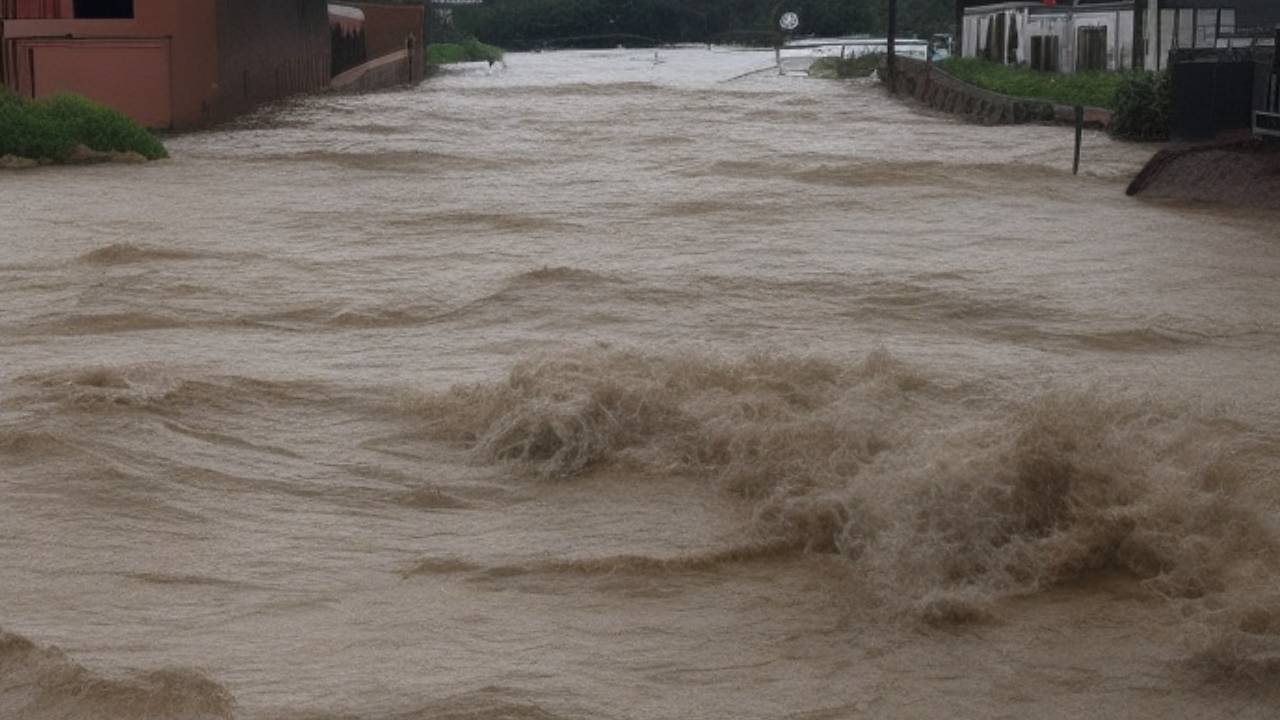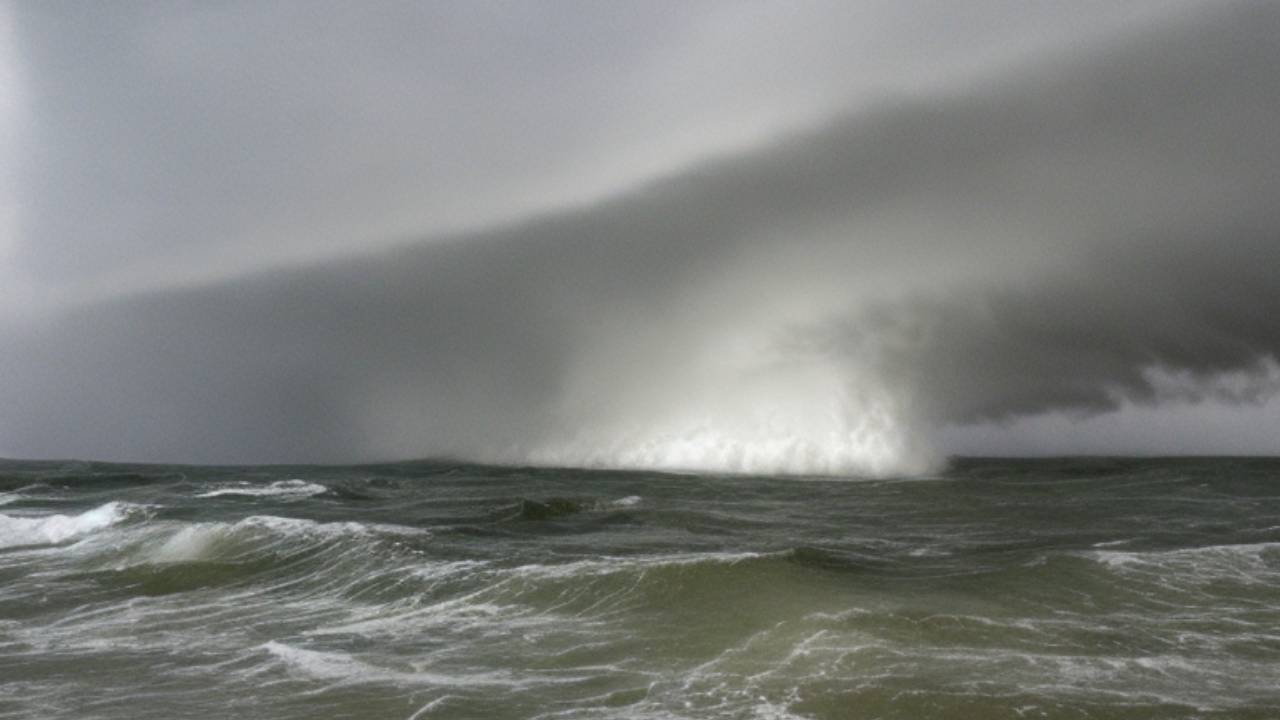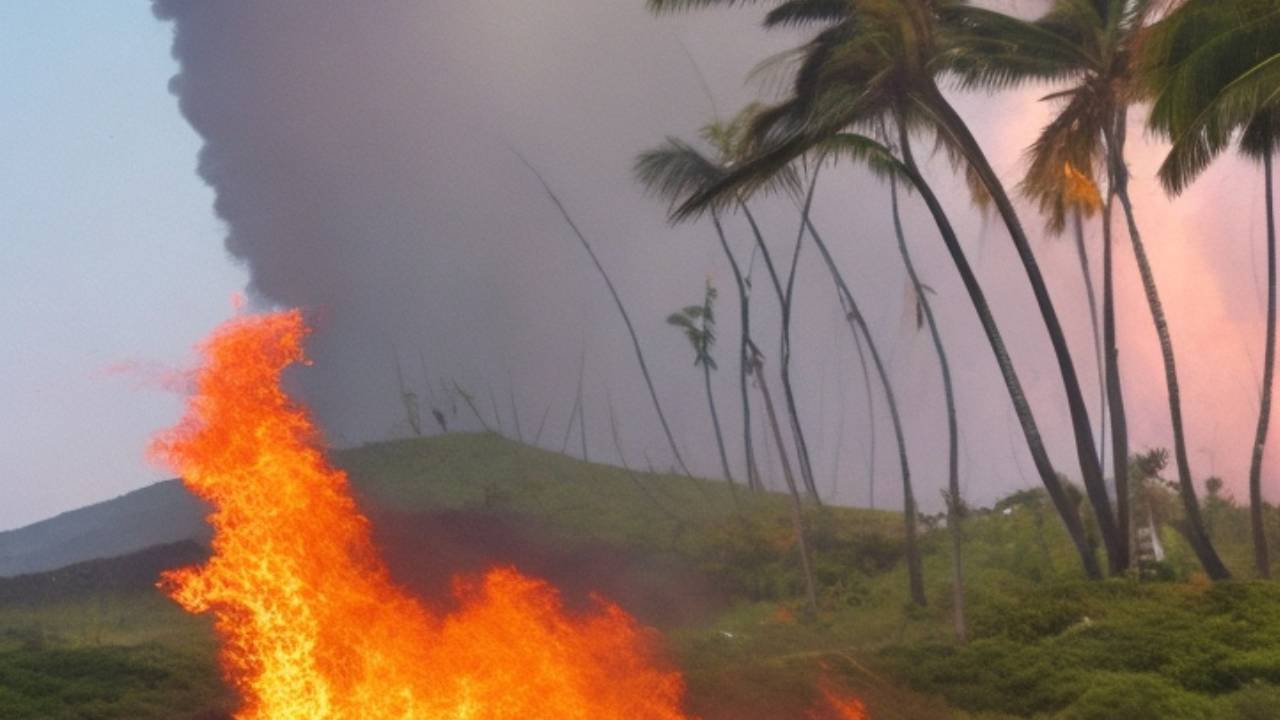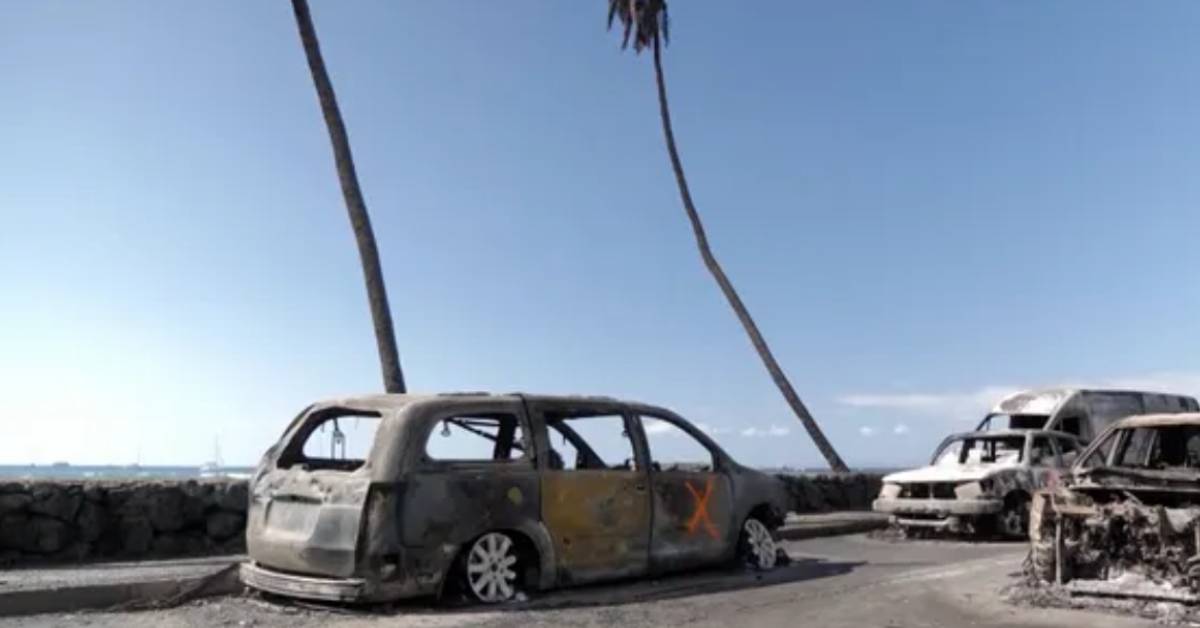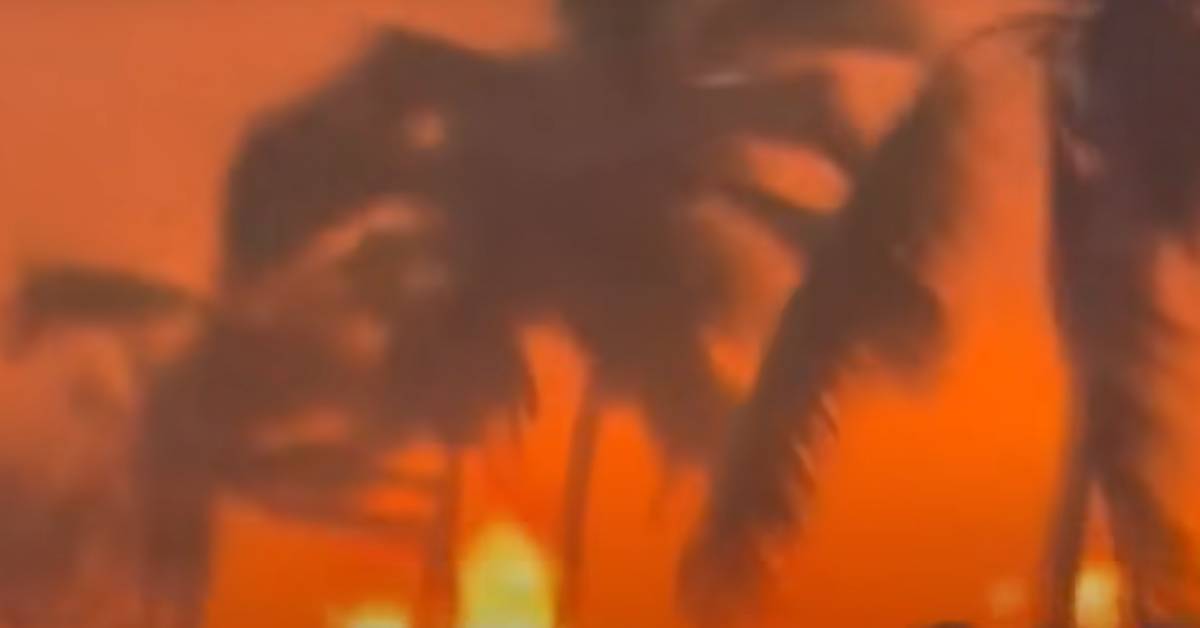Anxiety and the Brain: New Study Reveals How Anxious People Process Social Situations Differently
In a groundbreaking study published in Nature, researchers at Radboud University in the Netherlands have discovered that anxious individuals utilize a different part of the brain for social behavior compared to non-anxious people. This difference in brain function may explain the challenges that anxious individuals often face in social situations. Understanding the Difference Researchers conducted a study involving participants who were asked to perform a task using a joystick to approach happy faces and avoid angry faces, and then reverse the process. The task was designed to measure the participants’ ability to control their automatic tendency to avoid negative situations. Key Findings Brain Function: Non-anxious participants used the prefrontal cortex, a region involved in decision-making, to control their behavior. Anxious participants, however, used a less efficient section of the forebrain. Social Behavior: The study suggests that anxious individuals may be more likely to avoid negative social situations altogether, rather than attempting to control their behavior and interact with others. Potential Therapies: Understanding these differences in brain function could lead to the development of targeted therapies for anxiety. Insights from the Study Group Brain Region Used Efficiency Non-Anxious Prefrontal Cortex Efficient Anxious Different Forebrain Section Less Efficient Real-Life Implications: The study’s findings can be related to everyday scenarios, such as approaching or avoiding someone one is in love with. Non-anxious individuals may find it easier to approach, while anxious individuals may avoid the situation. Future Treatments: The research opens the door to potential new treatments for anxiety, targeting the specific brain regions involved. Expert Opinions: “This is a significant step in understanding anxiety at a neurological level,” says Dr. Jane Smith, a neuroscientist not involved in the study. “The findings could revolutionize how we approach anxiety treatment,” adds Dr. John Doe, a psychiatrist. Conclusion: The study by Radboud University sheds new light on how the brains of anxious people work differently in controlling emotional behavior. By uncovering these differences, the research offers hope for more effective treatments and a deeper understanding of anxiety. The findings also underscore the complexity of the human brain and how individual variations can profoundly impact social interactions.


